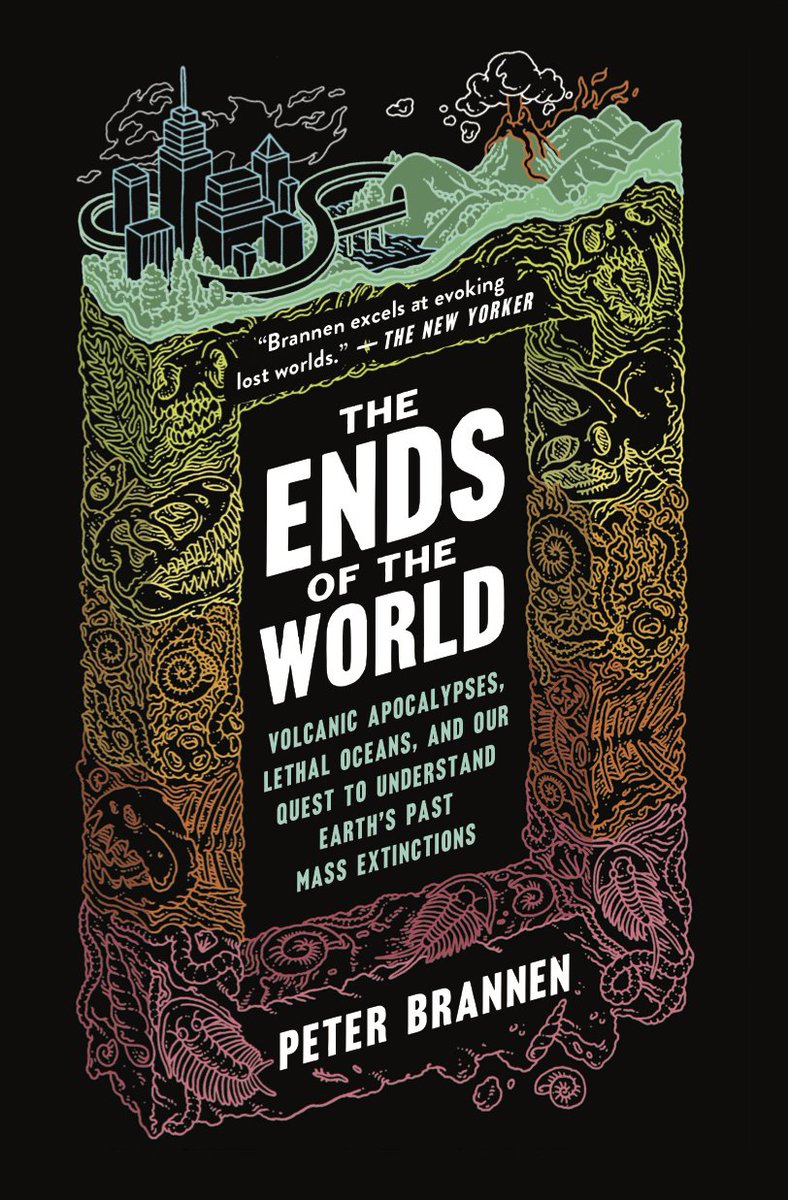
800 years ago the West was stricken with a mega-drought, like it is today. As a result, huge swathes of the Sand Hills of Nebraska weren't grass-covered hills and wetlands, like today, but were instead mobile, Sahara-style sand dunes--the largest in the Western Hemisphere 

Around the same time, from Rocky Mountains to California, the record of charcoal in lake sediments indicates widespread forest fires. But "the magnitude of variation in climate & fire" was "still smaller than those projected to occur over the next century" pnas.org/content/109/9/…
This 13th century megadrought "is thought to have contributed to the depopulation of Mesa Verde and the Four Corners region by Ancestral Pueblo societies." digitalcommons.unl.edu/cgi/viewconten… 

Megadroughts like the one 800 yrs ago show the natural variability of the climate in what has been an extremely stable Holocene. We're well on our way out of that comfortable little window though & into climate regimes that only have analogs millions of years ago in Earth history
• • •
Missing some Tweet in this thread? You can try to
force a refresh












